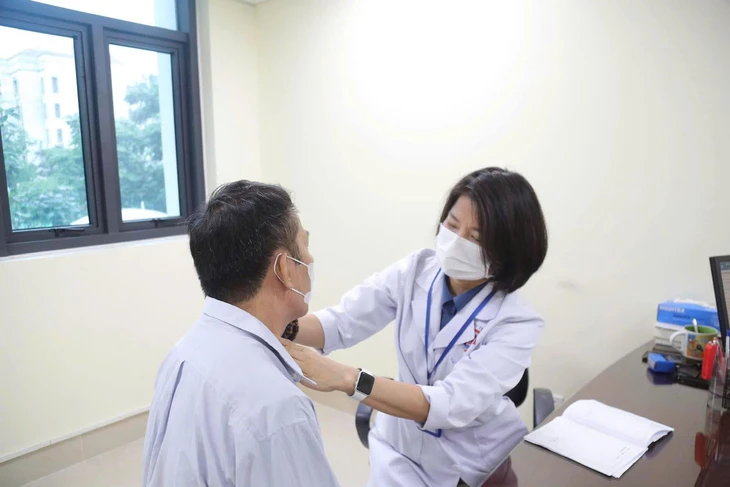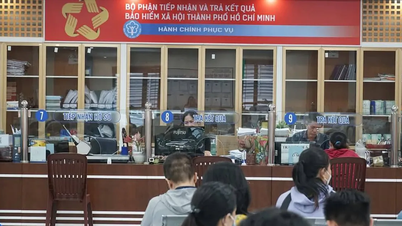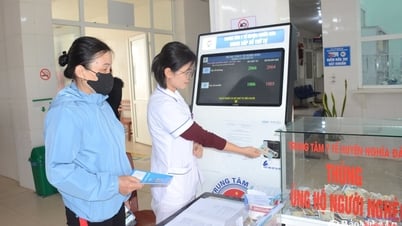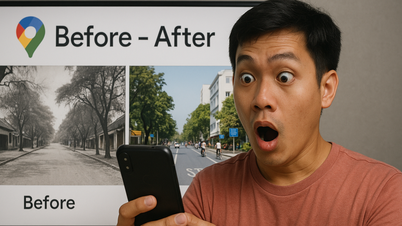
Doctor of K Hospital examines patient - Illustration photo: T.MANH
According to the provisions of the Law on Health Insurance (HI) effective from July 1, in case a HI participant goes to see a doctor for treatment as requested, the HI fund will still pay.
Medical examination is still covered by health insurance
Specifically, health insurance participants will be paid for medical examination and treatment upon request within the scope of their benefits. According to previous regulations, health insurance participants will not be paid for health insurance when they receive medical examination and treatment upon request.
The difference in cost between the price of medical examination and treatment services upon request and the payment level of the health insurance fund will be paid directly by the patient to the medical facility.
This means that people have the right to choose medical examination services on demand, for example choosing a doctor, choosing a better treatment room, and still receive the correct benefits from the health insurance fund, just need to pay the difference beyond the insurance coverage.
This is considered an important step forward, both ensuring initiative for patients and encouraging improvement in the quality of medical services.
The regulation also requires medical examination and treatment facilities to be responsible for fully preparing human resources, facilities, medical equipment and ensuring the ability to provide services in accordance with the contract signed with the social insurance agency.
At the same time, medical facilities must publicly and transparently disclose the costs that patients must pay outside the scope of health insurance benefits, and clearly notify patients of the difference in costs in advance to avoid future complaints and frustrations.
Allowing medical examination upon request while still enjoying appropriate health insurance benefits is considered suitable for the development trend of modern medical services, meeting people's needs.
Health insurance presentation procedures are clearer and more convenient
The law also amends regulations on health insurance examination and treatment procedures, effective from July 1, to facilitate and reduce inconvenience for people.
Specifically, when going to see a doctor, people with health insurance cards need to present one of the following documents: health insurance card, or health insurance code; in case the card does not have a photo, they must bring additional identification documents with a photo (citizen identification card, passport, or VNeID level 2 identification account, confirmation paper from the commune police or school if they are students).
In case the health insurance information has been integrated into the citizen identification card or into VNeID level 2, you only need to bring that document.
Children under 6 years old only need to present health insurance card or birth certificate (original, copy, extract) or birth certificate.
For newborns who have not yet had a card, parents or guardians can sign the confirmation on the medical record.
For those waiting to reissue or change their health insurance card, they can present the appointment paper for card issuance results from the social insurance agency along with their identification documents.
Another noteworthy point: if the patient donates organs and has not yet had time to reissue the health insurance card, he/she can use the hospital discharge papers and personal identification papers to enjoy health insurance benefits according to regulations.
In case of emergency, the patient must still present the above documents before the end of treatment.
The law also clearly stipulates that medical examination and treatment facilities and social insurance agencies are absolutely not allowed to set up additional administrative procedures beyond current regulations.
If it is necessary to photocopy the health insurance card or related documents for management purposes, the hospital or social insurance agency must photocopy it itself, and this can only be done after obtaining the consent of the patient or guardian.
Patients do not have to pay any fees for photocopying this document.
This regulation not only expands benefits for patients but also increases transparency, reduces hassles, and protects people from the risk of being charged additional unreasonable fees.
Source: https://tuoitre.vn/tu-1-7-di-kham-chua-benh-theo-yeu-cau-van-duoc-huong-bao-hiem-y-te-20250702160928762.htm









































































































Comment (0)